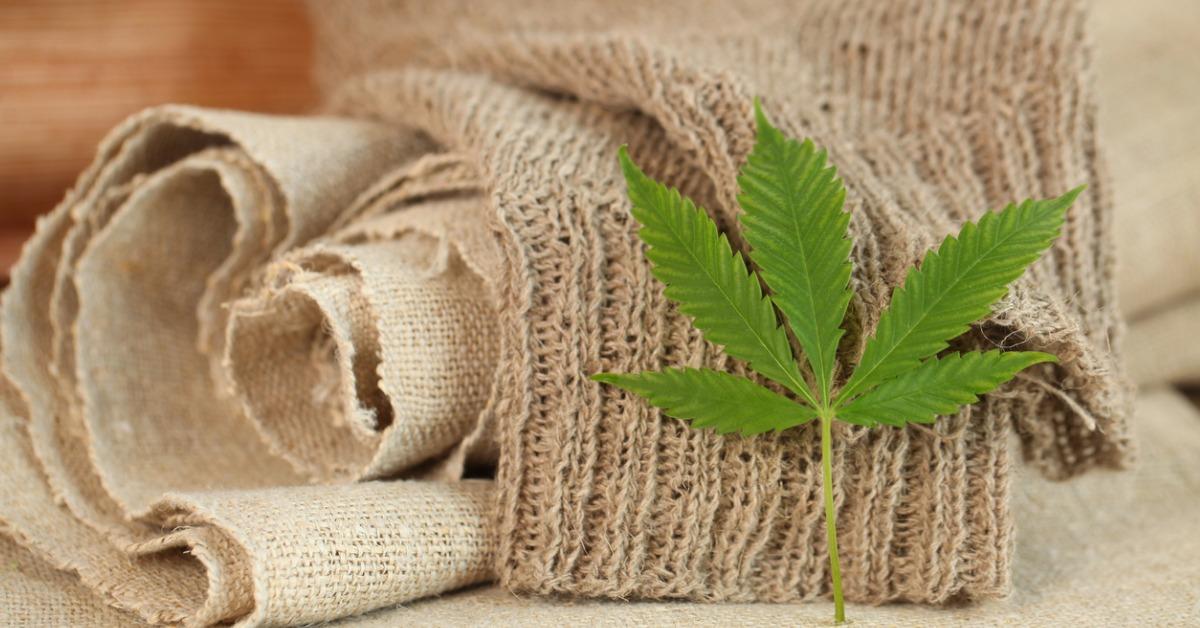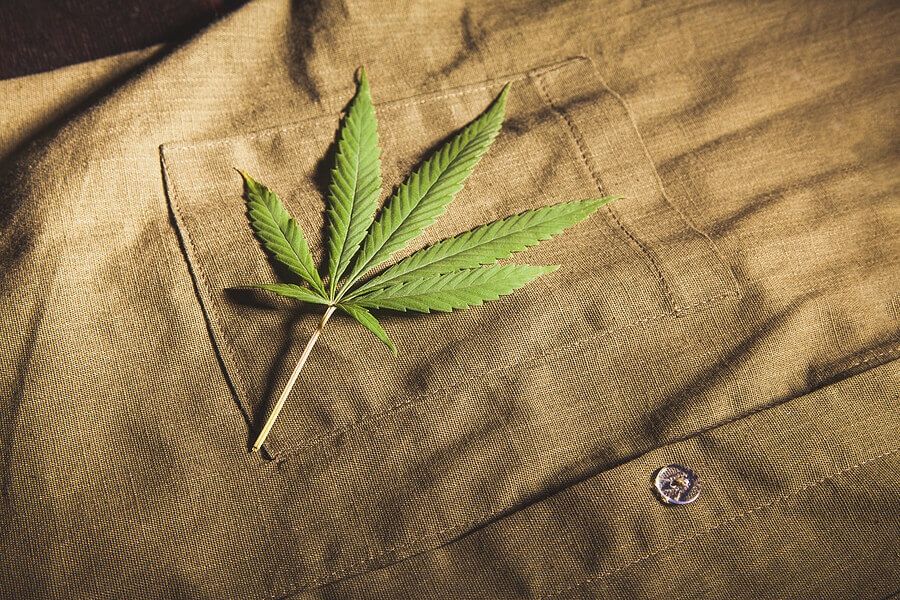Free Reasons To Deciding On Bamboo Clothes
Wiki Article
What Are The Major Differences Between Hemp And Cotton In Terms Of Water Consumption, Pesticides And Herbicides, Etc.?
The hemp plant is believed to be to be more environmentally sustainable than cotton, in regards to herbicides, pesticides, water use, etc.
Hemp Hemp is known as a crop with less water requirements compared to cotton or other crops. Hemp is a drought-resistant plant that grows without much water. Hemp is usually cultivated using only rainwater.
Cotton- Conventional cotton is notorious for its excessive water consumption. Cotton farming requires large amounts of irrigation, which drains local water supplies and contributes to water shortages in drought-stricken areas. Cotton farming has been criticized for its intensive use of water.
Herbicides and pesticides
Hemp- Hemp naturally resists many diseases and pests, which means it's less likely to need synthetic pesticides or herbicides. The chemical use in hemp is lower than other crops, such as cotton. The hemp cultivation process organically is free of pesticides.
Cotton- Conventional conventional cotton farming heavily relies on synthetic pesticides. Herbicides are also employed to manage the spread of weeds. The use of these chemicals can cause environmental harm, including soil and water contamination, damage to species that are not targeted, and the development of pesticide-resistant insects.
Summary: Hemp is believed to be a more environmentally friendly crop than cotton with regard to water consumption, pesticides, herbicides.
Hemp is a crop that needs less water than other crops and can be cultivated without the need for irrigation or rain.
Hemp has natural resistance to many pests and diseases which means that it is less reliant on synthetic pesticides.
Hemp farming requires less synthetic pesticides, herbicides, and fertilizers than cotton.
However, it's important to remember that sustainable and eco-friendly methods can differ between cultivators and even regions. Organic farming practices also enhance sustainability by cutting down on the use of synthetic chemicals and promoting soil quality. Regarding the environmental impact of textiles and clothing impact, hemp and cotton fibers that are organically and sustainably made can decrease the impact of fashion on the environment. Read the best hemp clothes for site info including patagonia hemp shorts, hemp underwear, hemp t shirts wholesale, hemp fabric by the yard, wholesale hemp fabric, hemp hoodie, hemp sweatshirt, hemp tees wholesale, womens hemp clothing, hemp garments and more.

What Are The Benefits Of Hemp Fibers When It Comes To Carbon Sequestration?
Hemp fibers are an environmentally-friendly choice for both agricultural and textile production. They are a great option for carbon sequestration and sustainability.
Hemp is a quick-growing plant that is extremely fast-growing. It matures in just 70 to 120 days, according to the variety and the conditions. During its rapid growth phase hemp plants are able to absorb carbon dioxide (CO2) from the atmosphere through photosynthesis. Carbon uptake is a major factor in carbon sequestration and reducing CO2 in the air.
The high amount of biomass produced by hemp is well known. The plant's tall and dense foliage generates a large quantity of organic substances. When the biomass is integrated into the soil or used in various ways, it can contribute towards the growth of organic matter and carbon.
Sustainability:
Hemp is grown using less chemical use than cotton and other crops. Its natural resistance to many pests and diseases decreases the need for chemical intervention. The organic hemp industry particularly, emphasizes sustainability through the avoidance of synthetic chemicals.
Hemp is a great water-efficient crop particularly when compared to traditional cotton. This helps it to last longer in regions that have limited water resources.
Hemp's deep-rooted system is able to improve the health of soil. Its deep roots can help lower runoff through stabilizing soil and improving soil structure. Hemp cultivation also improves soil fertility by encouraging soil microbial activity.
Hemp is an excellent crop to include in rotational systems. Crop rotation is the method of alternating between different crops on the same field. This can help to break cycle of illness and pests, reduce depletion of soil and strengthen soil structures. The role of hemp in crop rotation helps to ensure sustainability.
Rotation of the crop
Hemp crops can be rotated with other crops including legumes, grains, and even vegetables. Diversification assists farmers in maintaining soil health and decrease disease and pests. It also promotes balanced nutrient cycles.
Soil Improvement- The hemp's deep roots are able to penetrate the soil and aerate it which reduces compaction and increases the infiltration of water. A better soil structure can be an advantage for crops that follow following hemp.
In short, hemp fibers increase the storage of carbon, sustainability, and cultivation practices because of their rapid expansion and production of biomass. They also require a minimum of chemicals, have an efficient utilization of water, and are compatible with crop rotating systems. This makes hemp cultivation an environmentally friendly and sustainable farming practice. See the top rated one-time offer on hemp clothing for more tips including patagonia hemp jacket, hemp sweater, patagonia iron forge pants, hemp button shirt, patagonia work pants hemp, hemp trousers, hemp shirts, womens hemp clothing, hemp sweatshirt, jeans hemp and more.

What is the difference between hemp and bamboo fibers?
Both hemp and bamboo fibers are plant-based fibres that are used to create textiles. Each one has its own unique properties and characteristics. These are the main distinctions between bamboo and hemp fibers- 1. Plant Source-
Hemp- Hemp fibers are taken from the stalks of the hemp plant, particularly from the outer bast fibers. Hemp is a versatile plant that grows quickly and has been used to create numerous products over the years.
Bamboo fibers are produced from bamboo pulp. Bamboo is a fast-growing grass known for its durability and rapid renewal.
2. Fiber Characteristics
Hemp- Hemp fibers are well-known for their strength and durability. They are among the strongest natural fibres, and they become softer after every wash. This makes them suitable for textiles that are durable.
Bamboo fibers are soft and silky, with a silky smooth texture. They are weaker than hemp and more fragile. But, they are highly prized for their comfort when placed on the skin.
3. Texture and Feeling-
Hemp fabric is slightly coarse and has a textured feel. This is particularly true in its natural state. It can be very cozy, but it has a completely different texture from bamboo.
Bamboo- Bamboo is soft, smooth and silky. It is described as having a silky soft, and a cottony feel. It's very comfy.
4. Breathability (and moisture-wicking)-
Hemp- Hemp fibers are naturally water-wicking and breathable, which allows the circulation of air and absorption of moisture. They can keep you dry and cool in hot temperatures.
Bamboo fibers are also able to remove humidity and are highly air-tight. The micro-gaps improve the capacity of bamboo fibers to regulate moisture levels and temperatures, keeping you in a comfortable position no matter what the conditions.
5. Environmental Impact-
Hemp- Hemp fiber is an environmentally friendly product because of its low water requirement, rapid growth as well as its resistance against pests. This reduces the need for pesticides and herbicides. Hemp can also absorb carbon dioxide from the atmosphere during its growth.
Bamboo is considered to be a sustainable material. It is fast growing, requires less water and is a breeze to cultivate without pesticides that are synthetic. Moso is one of the bamboo varieties that is most sustainable.
6. Processing-
Hemp Fibers- Hemp fibers undergo extensive processing, which is required to separate out the outer bast from the wooden core. The process may involve retting or decortication.
Bamboo The bamboo fibers are usually made through a chemical process called the viscose or rayon process. This is the process of breaking down bamboo pulp using chemicals. This process can create environmental concerns when not managed properly, some bamboo fabrics make use of closed-loop systems to decrease the amount of chemicals that are disposed.
7. Versatility-
Hemp Fibers- Hemp fibers can be used for a number of uses, which include clothing, textiles paper, building materials.
Bamboo fibers are found in a wide range of products, such as towels and bedding.
In summary Both bamboo and hemp offer unique qualities and sustainability advantages. The choice between them is based on the qualities you seek in a textile and your personal preference for sustainability. View the recommended web site about bamboo clothing for site examples including bamboo newborn clothes, bamboo clothing for women, bamboo pants womens, bamboo viscose pajamas, bamboo sweatshirt, bamboo sun shirt, freefly summer hoodies, bamboo chafing shorts, short bamboo, womens bamboo t shirts and more.
